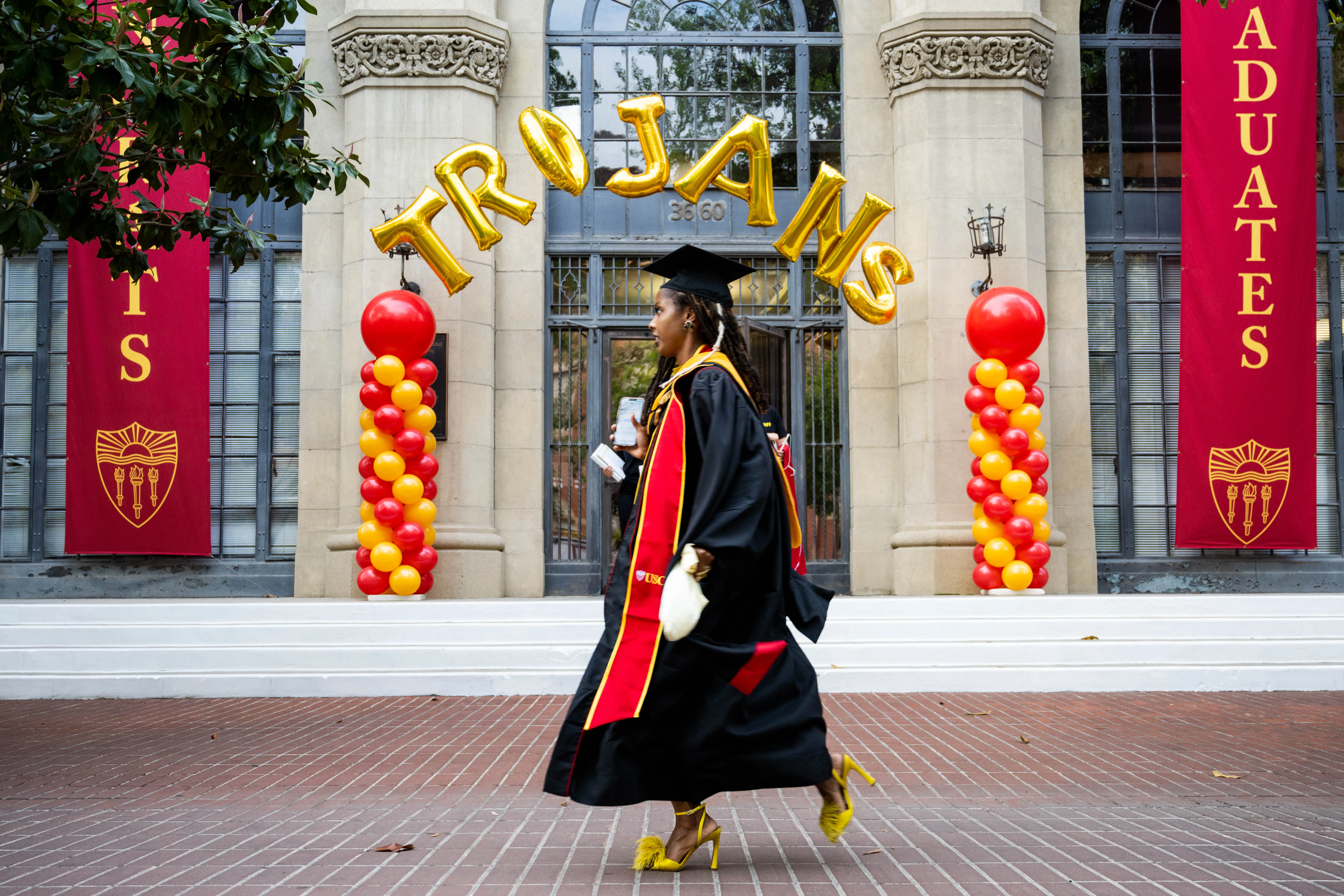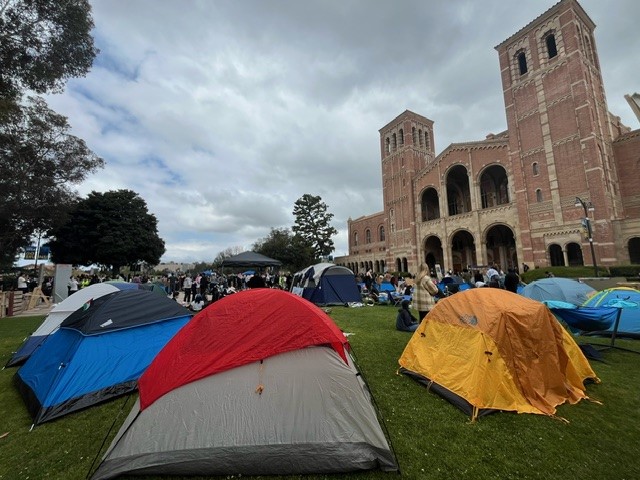With commuter rail returning to Santa Monica for the first time in 60 years, city officials are hoping awareness will lead to safety, but others are questioning design decisions that put trains within feet of cars, and leave intersections without crossing gates.
"I think we'll get used to it," said City Manager Rick Cole. "But it will take adjustment and people need to be heads up."
The Expo Line extension from Culver City to downtown Santa Monica will open to the public on May 20, but the system has been undergoing testing and trains have been moving since last year.
There have already been a number of crashes between trains and cars or trucks, fortunately without serious injuries.
The extension from Culver City through West Los Angeles enters Santa Monica elevated above surface traffic, but drops to ground level at 20th street.
No crossing gates have been installed on any of the Colorado Boulevard intersections.
"I thought, 'this is crazy,'" said Greg Mantell, a video producer who no longer lives in Santa Monica, but returns frequently. "We know sooner or later, there are going to be accidents. It's a given."
News
Top news of the day
One year ago, in a street level intersection without gates on the original Expo Line segment, a train collided with a car making what authorities concluded was a left turn against the light, critically injuring the driver.
Portions of other light rail lines in Metro's expanding rail network also make do without crossing gates.
"Having some gates at intersections where the train is running with traffic is certainly not required," Paul Gonzales, Metro spokesman, said. "What we do now is considered safe. We do it all over the county."
Separating trains from street traffic by either raising or lowering the rail lines is the safest design, said Naj Meshkati, risk reduction authority and professor of Civil and Environmental Engineering at USC's Viterbi School.
When that is not feasible, for cost or other reasons, crossing gates can add to intersection safety, along with signage, markings, and other factors, Meshkati said.
During planning for the Expo Line extension into Santa Monica, the decision was made to try to integrate the line into the heart of the city's downtown streetscape.
In such a setting, rail cars are treated as another vehicle on the roadway, and are required to follow the same traffic rules, including observing the speed limit and stopping for red lights.
For each direction, auto traffic is separated from the rails by a curbing painted yellow. Signs and yellow reflectors warn drivers turning left onto Colorado Boulevard not to drive on the tracks but to swing wide outside the curb.
Cole said it is his understanding the decision not to install crossing gates on Colorado stems from the narrowness of the road. Adding gates also adds to traffic delays, Gonzales said.
Mantell surmises another factor was a desire in City Hall to avoid the industrial look of crossing gates in Santa Monica's upscale downtown, a tourist destination.
"I think aesthetics are trumping safety," Mantell said.
Originally, there was to be no barrier down the centerline of Colorado. But a survey of jaywalking convinced city officials to have Metro's contractor install a metal fence between the rail lines to discourage pedestrians from trying to cross between intersections.
As Cole sees it, the key safety element is awareness of trains as additional vehicles on Colorado Bouelvard.
As part of an outreach effort to increase awareness and educate the community, Metro teams have also been teaching safety classes at all schools within a mile of the Expo extension.
Cole sees the extension as potentially the most influential infrastructure event for Santa Monica since the construction of 10 Freeway from downtown Los Angeles to Pacific Coast Highway, though with an impact expected to be exactly the opposite of encouraging auto travel.
Instead, Cole believes there is transformative opportunity for Santa Monica in moving toward a future of not only less auto traffic, but greater community interaction with more people taking transit, walking and biking. He sees lessons in the transit approach of European cities, and stateside in Portland and Denver.
"It's just a question of getting used to it and obeying the signs," Cole said, pausing briefly. "But if people don't, there are going to be problems."
If they do at particular locations, such as busy Lincoln Boulevard, Cole said the issue of crossing gates would be reconsidered.



